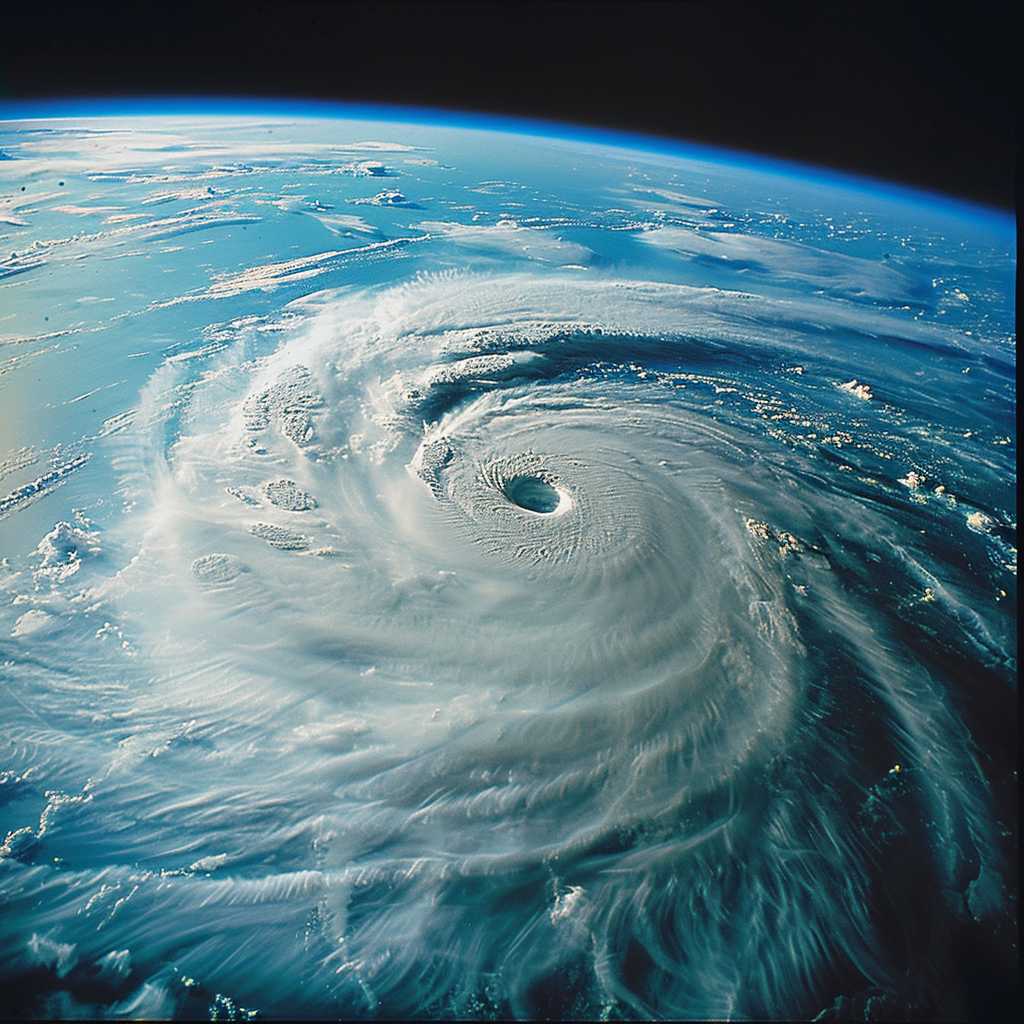Understanding Cyclones: Nature’s Powerful Weather Systems
Cyclones, also known as hurricanes or typhoons in different parts of the world, are large-scale air masses that rotate around a strong center of low atmospheric pressure. These weather phenomena are among the most powerful and destructive natural events on Earth, capable of causing widespread damage to coastal communities and claiming lives if not adequately prepared for. This article will delve into what cyclones are, how they form, the regions they affect, and the impact they can have on the environment and human society.
The Science Behind Cyclone Formation
Cyclones are formed over warm ocean waters near the equator. When warm, moist air over the water surface rises, it creates an area of low pressure beneath it. As this process continues, more air rushes in to replace the rising air, which warms up and rises as well, creating a cycle. Due to the Coriolis effect—a consequence of the Earth’s rotation—the inflowing air is deflected sideways, resulting in a rotating weather system.
The cyclone’s development phases can be categorized into several stages: tropical disturbance, tropical depression, tropical storm, and finally a cyclone (hurricane or typhoon), each with increasing wind speeds and greater organizational structure.
Regional Names and Characteristics
Depending on where they occur in the world, cyclones have different names:
– In the North Atlantic Ocean and Northeast Pacific, they’re called hurricanes.
– In the Northwest Pacific Ocean, they’re referred to as typhoons.
– In the South Pacific and Indian Ocean, the term cyclone is used.
Despite these different names, all these systems share similar characteristics—a low-pressure center known as the eye, a surrounding wall of thunderstorms known as the eyewall, and spiral rainbands extending outwards from the center. Cyclones also feature strong winds capable of creating high waves at sea and heavy rains that can lead to floods.
The Impact of Cyclones on Environment and Society
When a cyclone makes landfall, its direct impact is typically characterized by violent winds, torrential rains, and overwhelming storm surges:
–
Wind Damage : The strong winds of a cyclone can damage buildings, topple trees, and turn loose debris into dangerous projectiles.
–
Floods : Heavy rains lead to flooding, which can cause immense damage to infrastructure, destroy crops, contaminate drinking water sources, and trigger landslides.
–
Storm Surges : These are abnormal rises in sea level accompanying a cyclone or intense storm. The heightened seas pose serious risks for coastal flooding and erosion.
Besides their immediate impacts, cyclones can greatly disturb an area’s ecological balance by destroying habitats such as coral reefs, mangroves, and coastal wetlands—regions that are crucial for biodiversity.
Societal effects include loss of life, injury, property damage, prolonged power outages, and destruction of infrastructure essential to communities’ livelihoods. The aftermath often requires massive rebuilding endeavors alongside mental health support for affected populations.
Cyclone Preparedness and Mitigation Strategies
Expected increases in severe weather due to climate change highlight the need for improved cyclone preparedness and resilience in vulnerable regions. Effective disaster management strategies include:
– Development of advanced warning systems to provide timely alerts.
– Rigorous urban planning to minimize infrastructure vulnerability.
– Establishing strong building codes …
– Formulation of evacuation plans and provision of safe shelters.
– Investment in education programs about survival protocols during such events
Each strategy aims to mitigate potential damage and protect lives.
The Complex Relationship with Climate Change
Science indicates that with rising global temperatures due to climate change, cyclones may likely be influenced: warmer waters could intensify cyclone strength; however predicting precise changes in cyclone frequency remains complex.
Contrastingly potential increases in wind shear—a change in wind speed with altitude—could act as a countering force inhibiting cyclone growth under certain conditions. Nevertheless greater sea surface temperatures provide more fuel for these monstrous events increasing risks especially for low-lying island nations.

